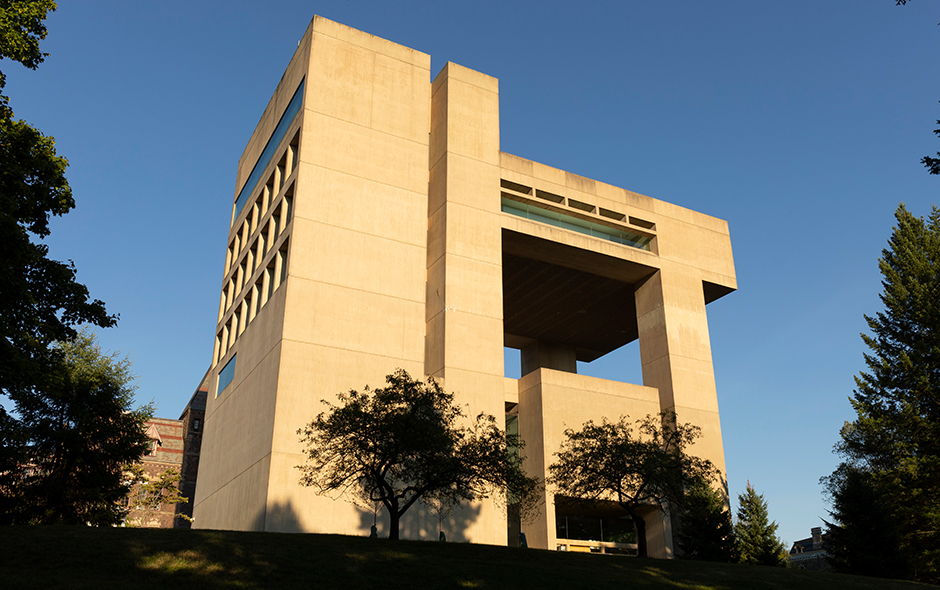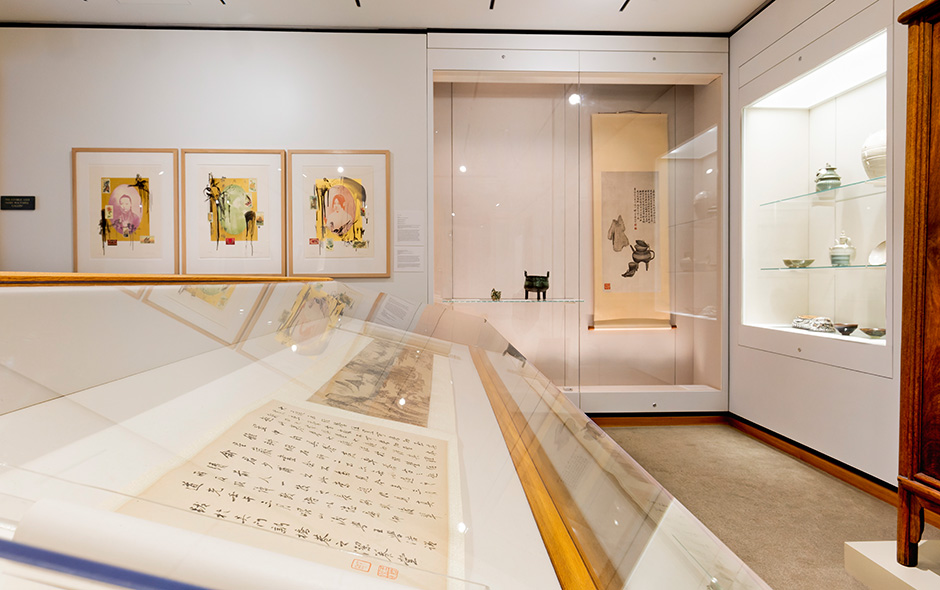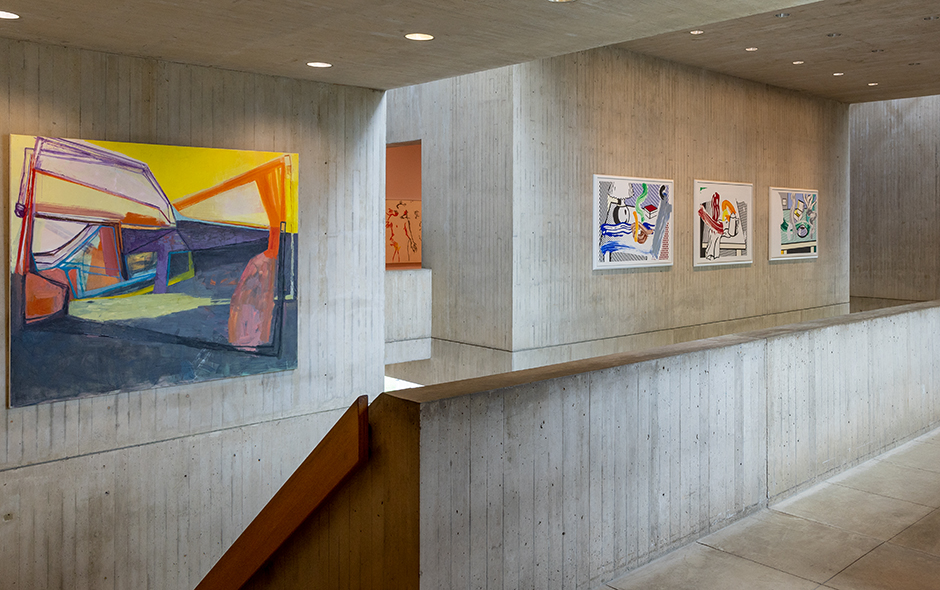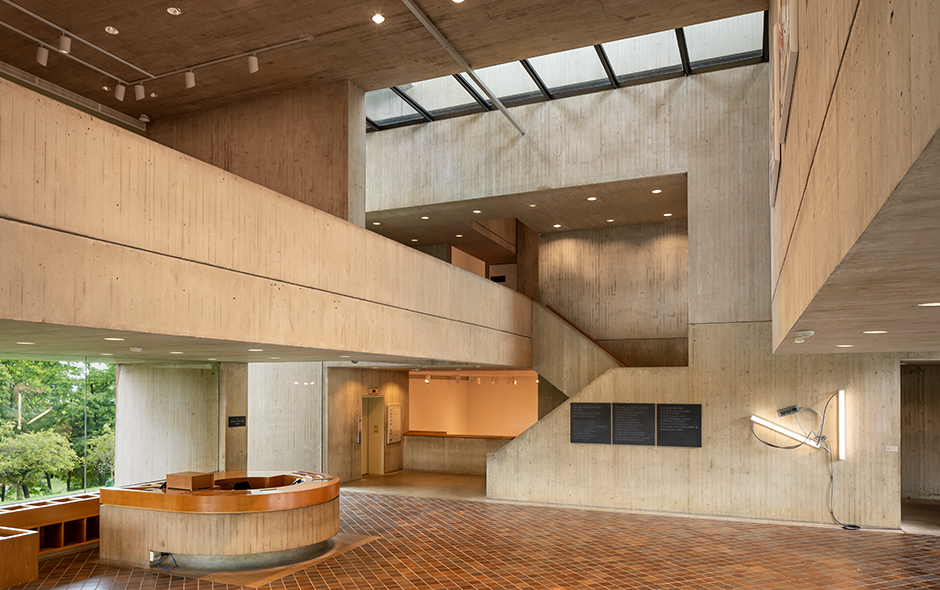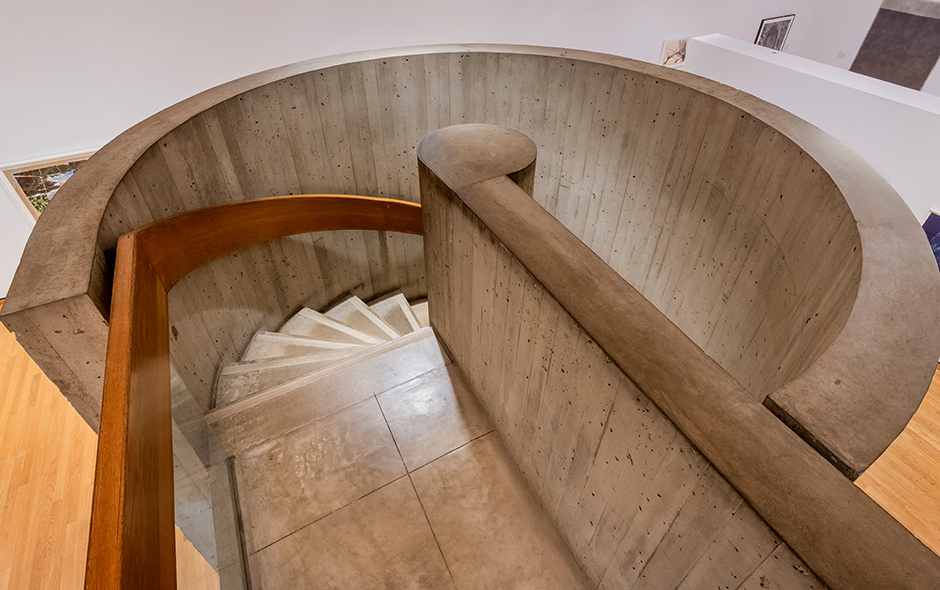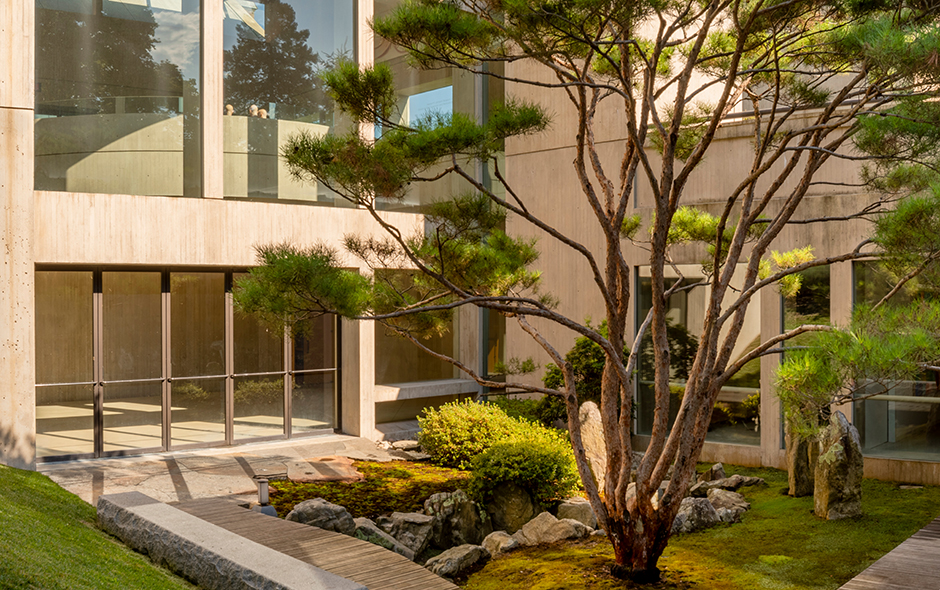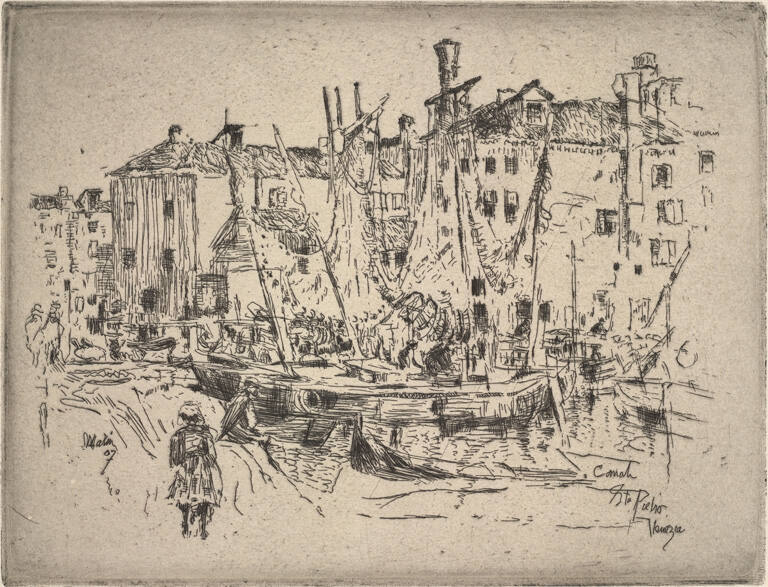Katsushika Hokusai
The Pure Red Shell (Masuo-gai), from the series The Poetry-Shell Matching Game of the Genroku Era

Object Details
Artist
Katsushika Hokusai
Date
commissioned for New Year 1821
Medium
Color woodblock print
Dimensions
7 5/8 × 7 inches (19.4 × 17.8 cm)
Credit Line
Gift of Joanna Haab Schoff, Class of 1955
Object
Number
2011.017.013
Commissioned by the Four Directions Group (Yomo-gawa) for New Year 1821, Year of the SnakeMasuo-gai (…)
Commissioned by the Four Directions Group (Yomo-gawa) for New Year 1821, Year of the SnakeMasuo-gai The pure red shell for Kai aru haru wo A worthy spring Suehiro ni Spread out like a fan Aogite mezuru And looking up at blessed Fuji Musashino no Fuji High above the Musashino plain —Kajuan Fukumaro Masuo to mo Was it called “masuo” Masuu to mo mata Or “masuu”— Wakakusa wo That spring grass Kasumi no sode ni Wrapped in a sleeve of mist Tsutsumu Musashino On the fields of Musashi? —Shuchudo MonoyanaThis carefully arranged composition consists of a miniature tray landscape (suhama), of the kind used as decoration at poetry competitions, with a replica of Mt. Fuji, before which appear an open fan with a pattern of grasses, a bonsai pine and an Adonis plant in small ceramic containers. These plants represent long life and good fortune respectively, with the characters for these concepts written in Chinese-style calligraphy on the bonsai pine holder. The visual elements serve as an homage to the first, commissioning poet and his master, Shojuan Toshimasu, whose names can be found embedded in the auspicious motifs in the design. Thus, the Adonis plant (fukujuso) on the left refers to the fuku in Fukumaro, written on the larger pot as well, while the pine (sho), symbol of longevity, and the character on the left of the pot meaning the same (ju), refer to Shojuan, whose second name is alluded to with the shell (masu) for the year (toshi). The extension of the fan from a narrow end (sue) to a broad compass (hiro) is a shape associated with good fortune in Japan, and gives the fan its poetic name (suehiro). Mount Fuji, in fact, can be seen to have the same form, upside-down, so is also auspicious. These elements of the design additionally replicate the natural layout of Japan, with Mt. Fuji towering above the grasses of the Musashi plain, pines in the distance by the mountain.



